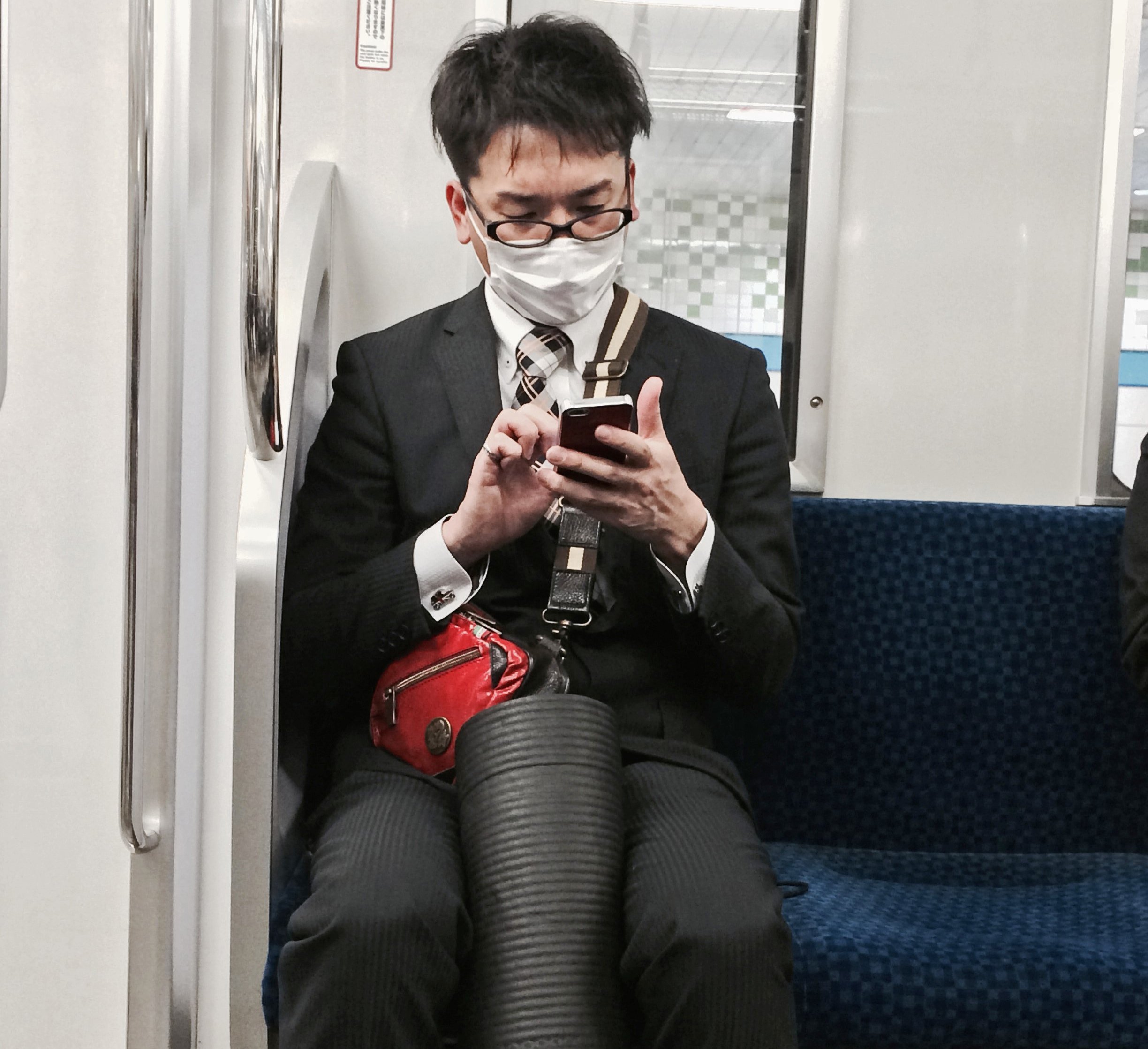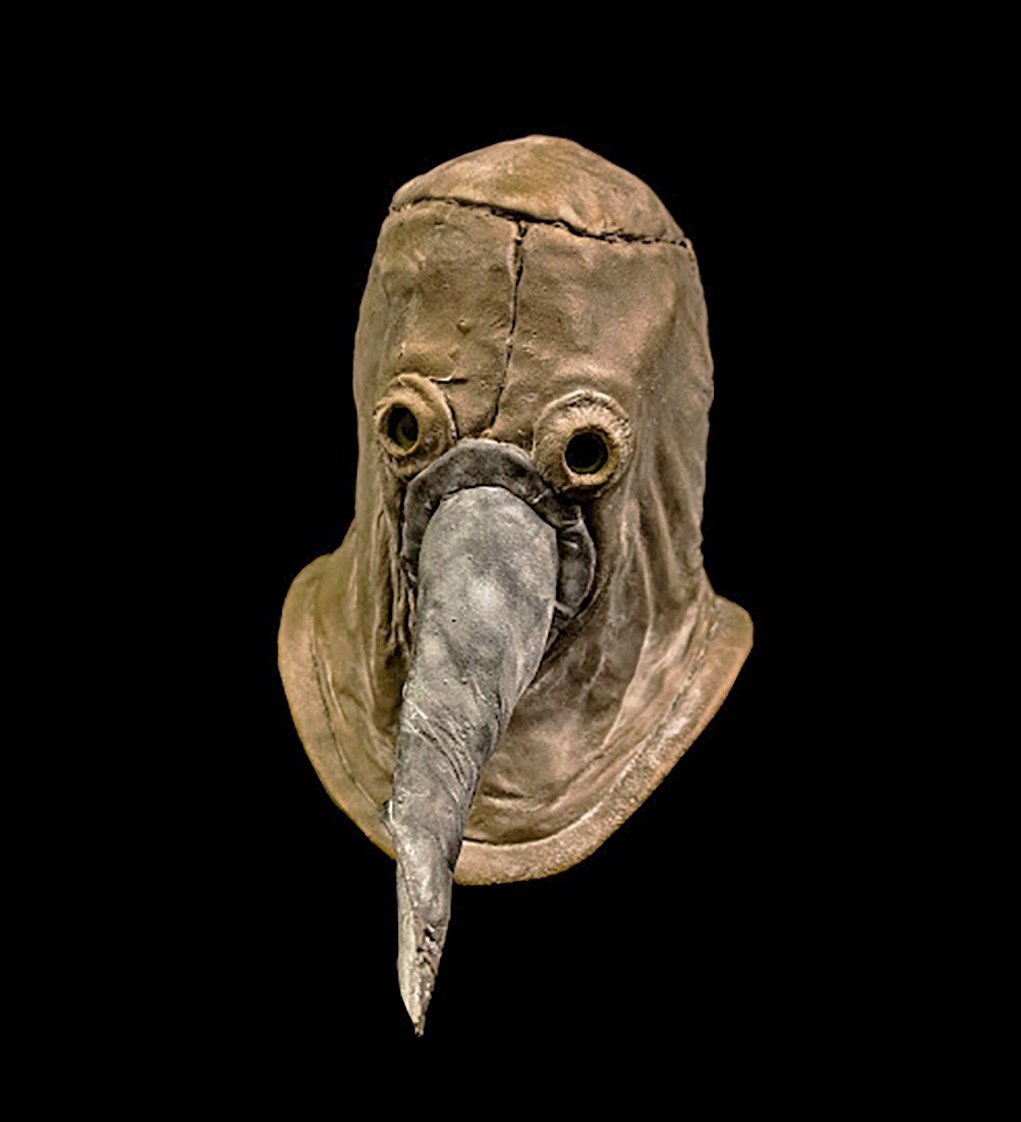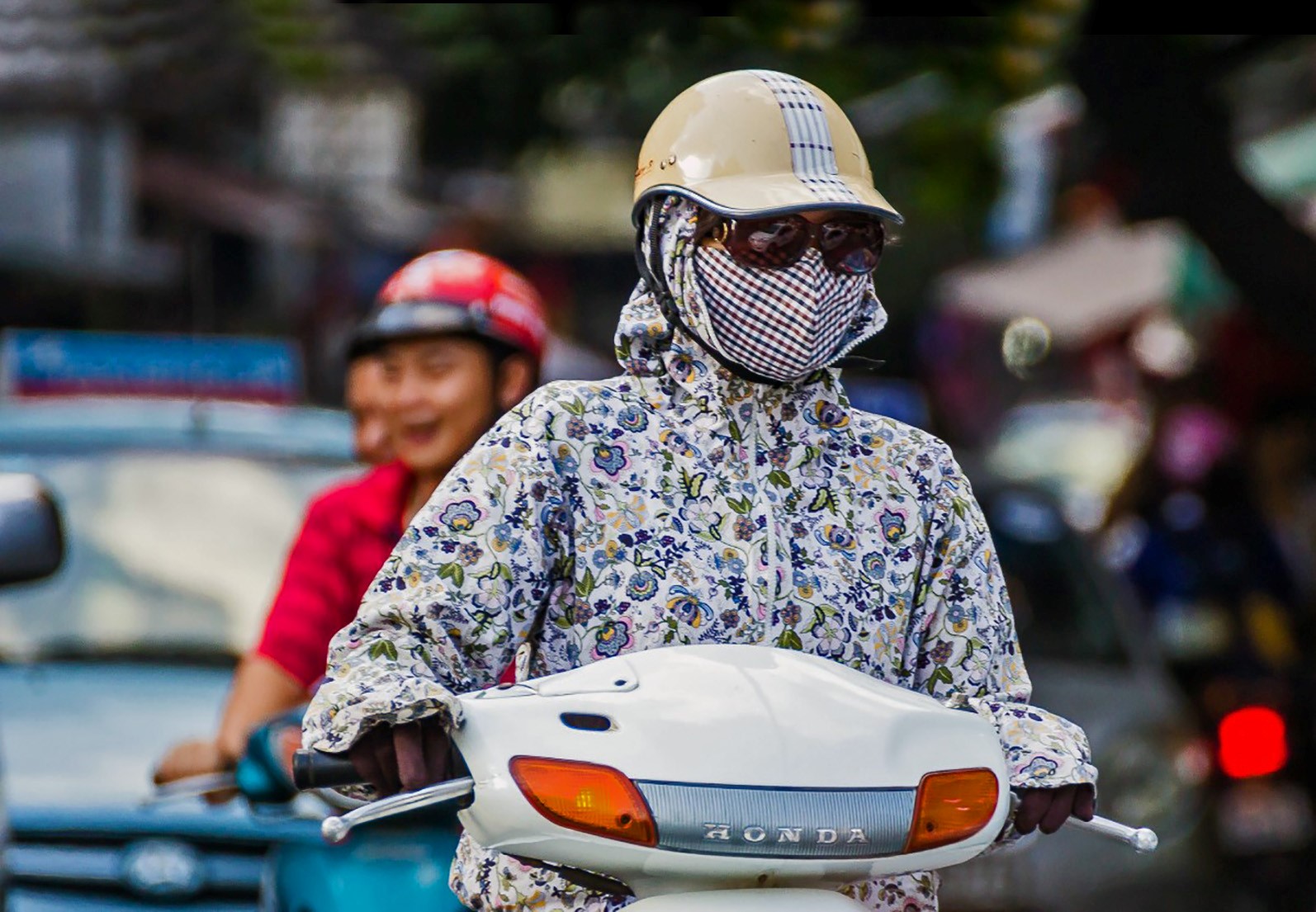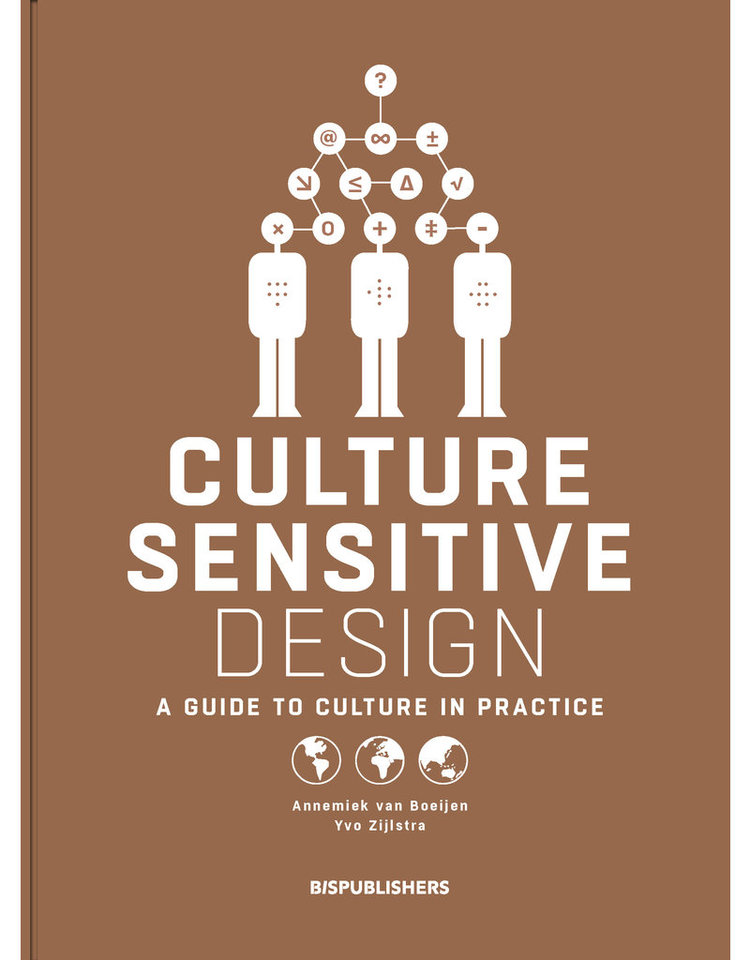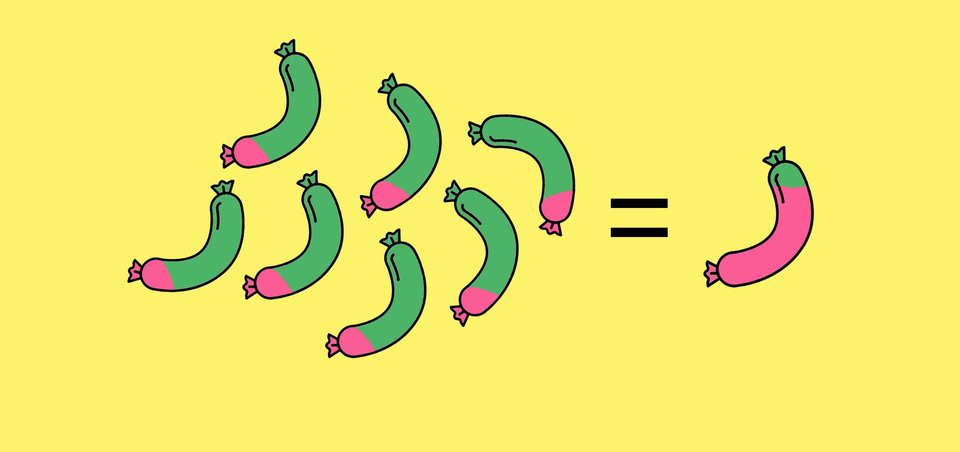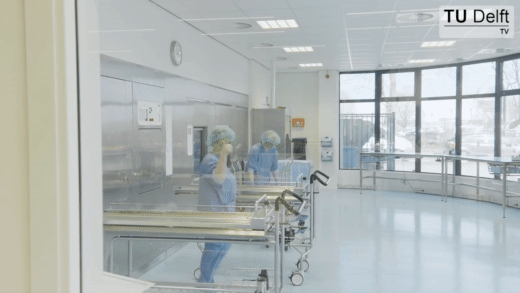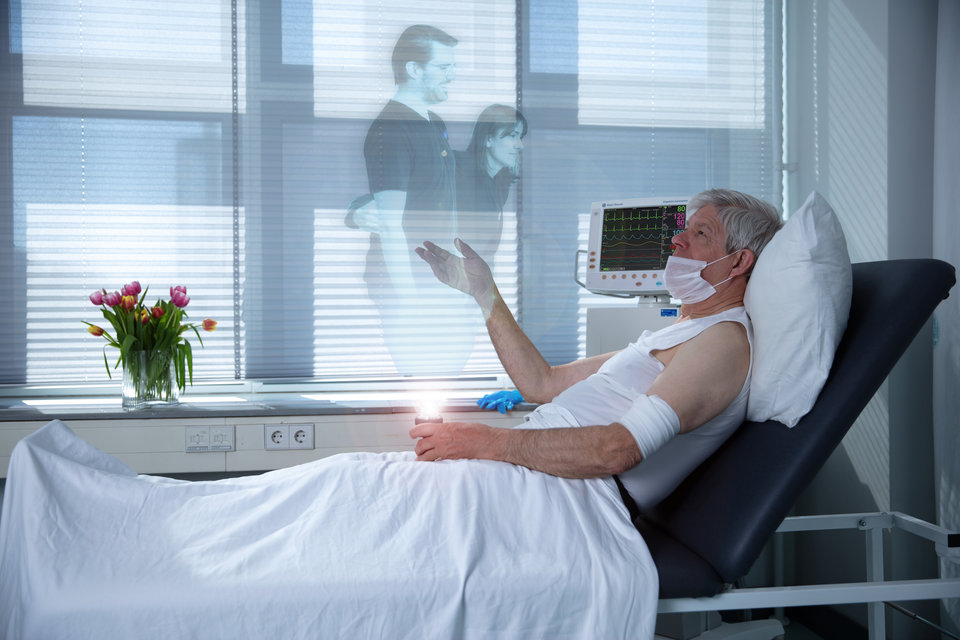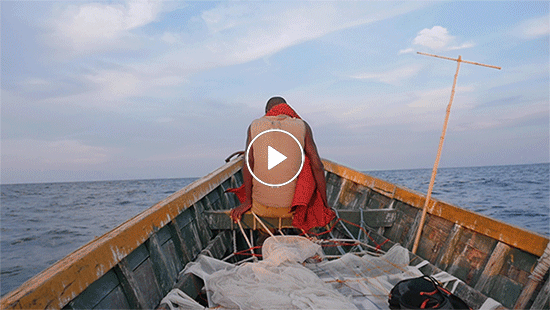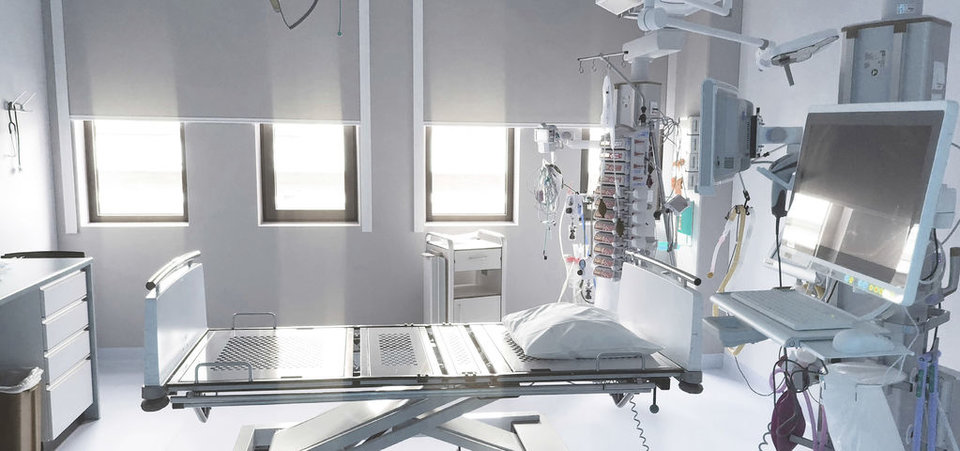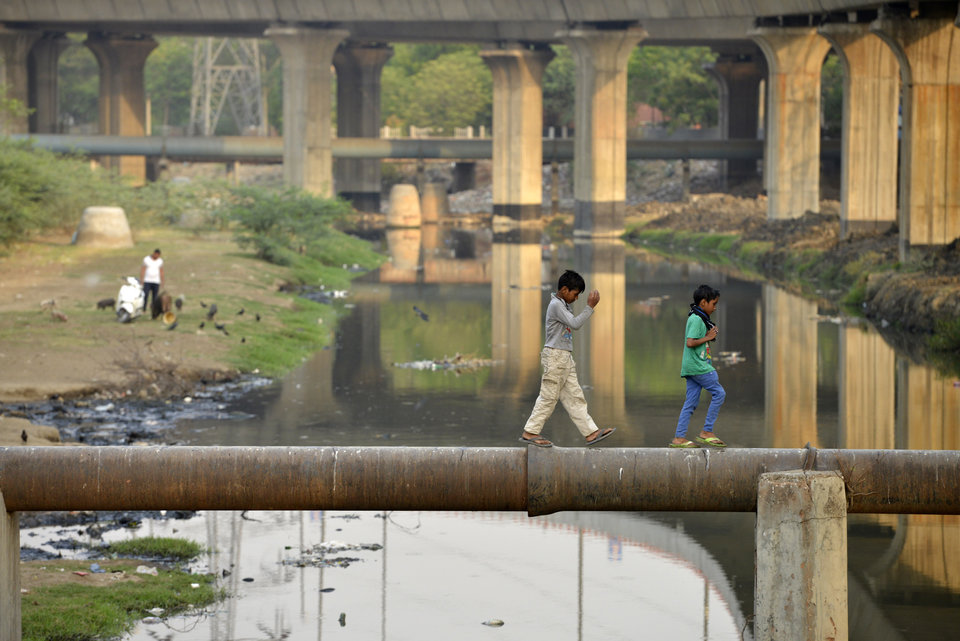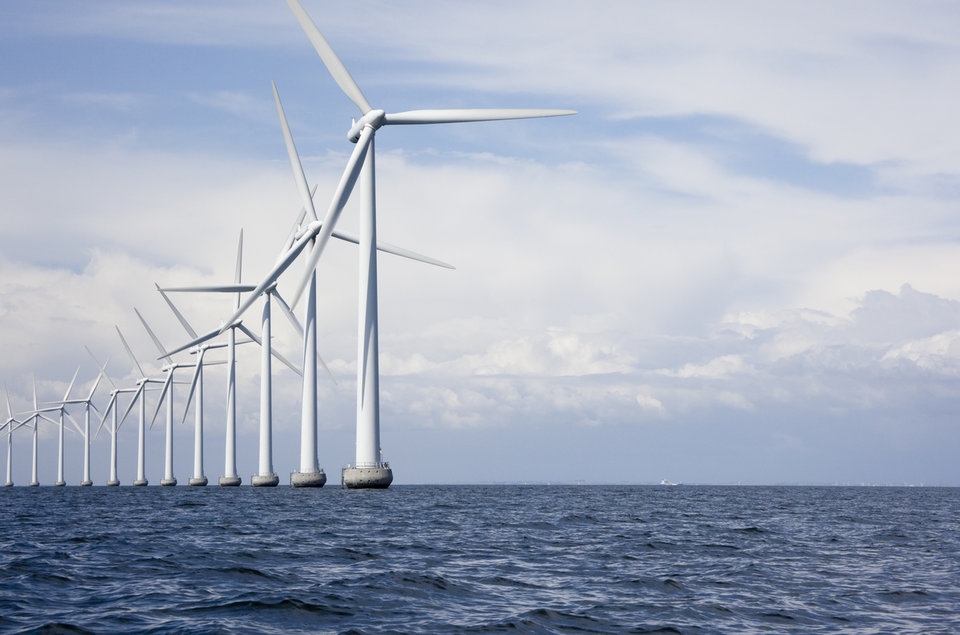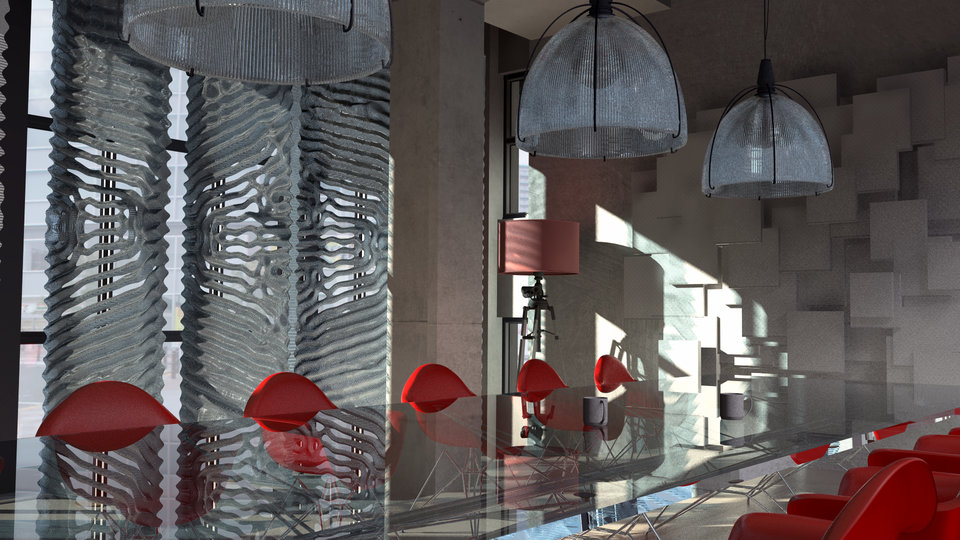– an essay by Annemiek van Boeijen
Everything that is designed influences our cultures and societies. Likewise, cultures and societies, with their respective belief systems and values, influence designers in terms of why they design, how they design, and what they design. There’s a continuous interaction between designing and being designed, between people and the designed world. What is the cultural significance of the defining - and sometimes divisive - symbol of the corona pandemic: the mask?
Coverphoto by Chia-Ling Yeh
The stigma of masks
February 2020. News of the corona outbreak in Wuhan goes viral. To most people in the Netherlands, it’s a distant foreign problem. But the unsettling media reports prompt Chinese members of our student community to don a facemask. This did not prove to be a welcome move. Noticing negative reactions, students from Delft’s Faculty of Industrial Design Engineering decided to research the stigma of wearing masks. Their findings? Across Europe, mask-wearing Chinese were being met with angry glances and hostile comments. Passers-by were walking past them in an exaggerated arc.
Mask wearers were assumed to be infected. In fact, the mask was there to protect the user from possible infection and to reassure others. A classic case of a cultural misunderstanding. In response to this dilemma, design students came up with a simple way to communicate their intentions: stickers on the mask.
Masks in their cultural context
Heavily polluted metropolises and past experience with infectious viruses mean that it is not only common - but socially acceptable - for people in Asia to wear a facemask in public. In Japan, successive events - including the 1957 Asian flu pandemic that killed millions, a volcanic eruption and the rapid industrialisation of the 20th century - forced the population to cover their faces with scarves, veils and masks as a protective measure.
The easy acceptance of masks in East Asia can also be viewed from a cultural perspective. With strong collectivist cultures, people are careful not to bother others and maintain harmony. Wearing a mask means taking others into account. In Taoism, breathing is seen as a central element of good health.
But as the experience of the Chinese students suggests, cultural connotations don’t automatically translate. In the West masks represent something more sinister. The French word masque means ‘covering to hide or guard the face’; the Catalan mascarar means ‘blackening the face’; the Mediaeval Latin masca refers to ‘nightmare’. Either way, a mask has many manifestations and meanings in different cultures; and many functions too.
Social distancing - not by design
Historically, the mask was used by the doctors tasked with isolating and treating victims of the bubonic plague. These plague masters were shrouded in protective clothing, including the infamous mask with its beak-like nose filled with herbs and spices to purify the air and to block the stench of illness and death. An unintended consequence of the mask’s oversized design was that doctors automatically kept infectious patients at a distance. It also had the effect of frightening people into giving the plague masters a wide berth: these masked figures had come to symbolise the feared and deadly disease.
Masks in the COVID-19 pandemic
Today masks are for everyone - if economics, power politics, cultures, and religions allow it. So long as fears of the virus remain, facemasks are set to become a more common feature on the streets of our congested and polluted metropolises: a new sort of accessory, complementing our raincoats and helmets, which will, over time, take on new cultural meanings. Technically, the mask always serves the same purpose, but COVID-19 has accelerated new meanings. Under the influence of culture, countries, regions and subcultures, people approach masks differently, leading to an enormous diversity of solutions.
Material world
Initially, the worldwide shortage of PPE - resulting in exorbitant prices - discouraged the public from buying masks. The limited supply had to be reserved for front-line medics. This led to a lively production of handmade solutions; from converted underpants to richly decorated patches. Unfortunately, non-surgical masks fabricated from such woven fabric provide minimal protection against viruses. Fundamental to the mask’s technical function is the non-woven polypropylene melt-blown fabric that serves as a filter. Melt-blown materials go into many things, such as coats, diapers, filters in water purifiers and air conditioners. The scarcity of this material, mainly made in China, led to trading madness. China understandably wanted to meet its own needs first, and its monopoly position (which had arisen through free trade) gave it a negative image: the mask became a symbol of power politics.
The global struggle for this crucial item has exposed the harsh realities of international politics and the limits of the free market. The mask has also revealed the enormous urge of humans to guarantee their safety through the purchase of physical products. The mask has become a symbol of safety and it will mark the time before and after the corona crisis. No toilet roll can compete with that.
Artists and fashion designers have come up with all kinds of new symbolic functions, and fashion houses, such as Chanel, Prada and Gucci have started manufacturing them. There are individuals and charity groups with handcrafted masks, exercising their compassion for others. And there are entrepreneurs who respond quickly to gaps in the market, creating new demand with masks for men, women, children, all kinds of subcultures, advanced masks, reusable ones... After the phone case the mask will be the new way to show one's identity and social status. There are even companies that turned the mask business into a service by offering mask subscriptions starting at 10 USD.
Mask 19
New meanings around masks spread rapidly – even more so in this digital age. A special code has been developed in the Canary Islands for use during the COVID-19 pandemic and our isolation at home. Customers can request 'mask 19' at the pharmacy. The assistant responds by asking for the address where the order can be sent. But there is more to this commonplace exchange than meets the eye. ‘Mask 19’ is a code, which enables victims of domestic violence to ask for help. The pharmacist can call the police who will know where to go to help the victim. This code is now also used in France and other countries are considering its introduction.
A talisman for security and hope
From the point of view of healthcare, the mask is a matter of life and death. But through the pandemic is has assumed a symbolic function, as a talisman standing for security and hope. And so, the preventive utility of the masks has in a way become secondary to the more symbolic protection. Although this may sound out of the scope for those designers who are more utility-value driven, there is something to be said for these cultural processes. The fact that masks not only have a primary protective function, but are also used in economic and political battles, and have social and cultural meaning and practices, raises new questions and asks for new solutions.
In a headstrong country like the Netherlands, in which democracy and the independent thinking and learning of citizens are encouraged and very strict rules of conduct are preferably avoided, relatively few people have so far worn masks. In general, face covering is a sensitive aspect, because it is said to conceal transparency about each other's identities. The Netherlands prides itself in being an open country, tolerant of different views and ideas. Nevertheless, the mask will most likely also become a much more common sight here - also among people with a non-Asian background.
It seems that the stigma of masks - as studied by our Chinese student team MossX – has been solved but new challenges are arising. The mask creates detachment and loneliness, a barrier to proximity, especially in the interaction of patients and nurses. And what about the effect on flora and fauna? Protective gloves and disposable masks are already being found in canals and beaches, and who knows soon in the plastic soup...

Annemiek van Boeijen
- +31 (0)15 27 82749
- A.G.C.vanBoeijen@tudelft.nl
-
Room C-3-270

